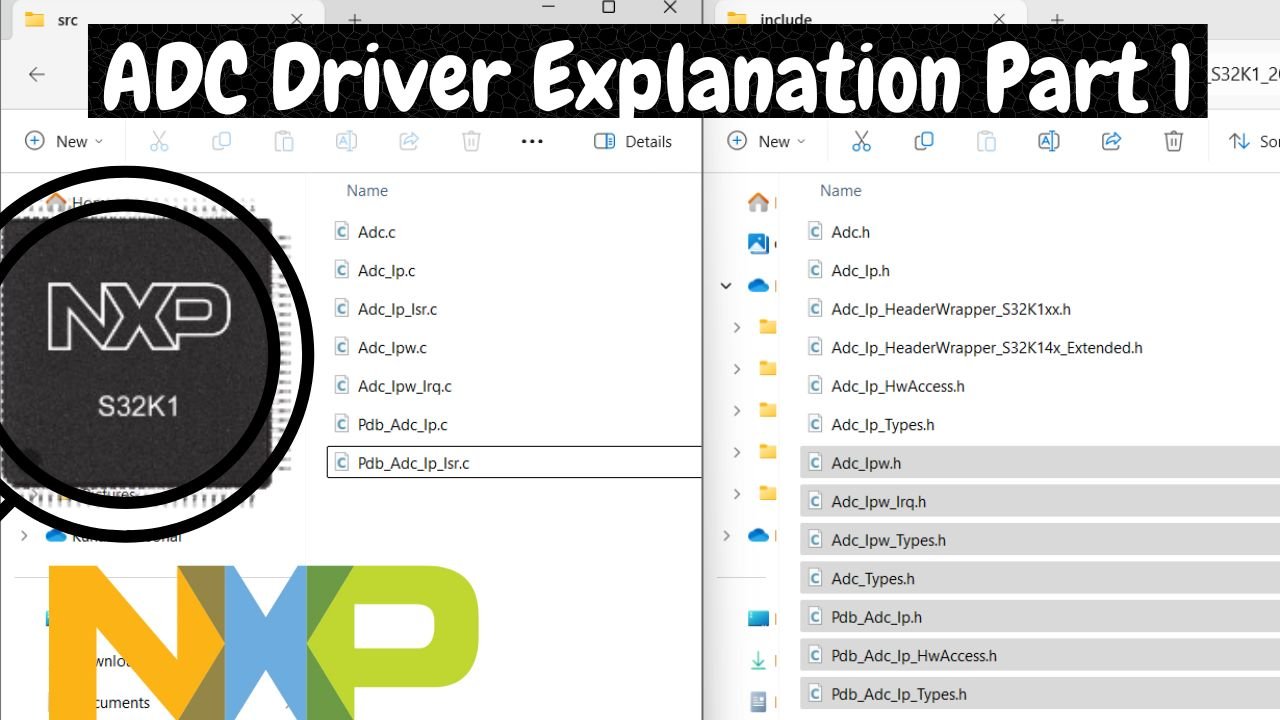ADC Driver of Autosar MCAL layer Explanation, Understanding and tutorial using ElecronicsV3 Development board
What is BootLoader(BL)? The bootloader is a small chunk of code that gets executed when the MCU powers on or
Prerequisites for PDB of ADC What is the PDB? The PDB is a powerful peripheral in microcontroller’s designed to provide
When engineers are faced with the challenge of designing electrical equipment to perform mechanical tasks, they might think about how
About FlexTimer Module: Timer peripheral in NXP S32K1xx and S32K3xx Automotive Microcontrollers
Explore this blog to learn about ADC Peirpherial in Microcontroller in general sense
In this blog, get to know how to use ADC Driver in automotive MCU’s via Autosar MCAL Layer
Autosar MCAL Layer ADC Driver API and Data Types Explanation
Primary Secondary Success Danger Warning Info Light Dark Link This page is Amazing
What is TRGMUX peripheral? TRGMUC provides an extremely flexible mechanism for connecting various trigger sources to multiple pins/peripherals. The trigger

